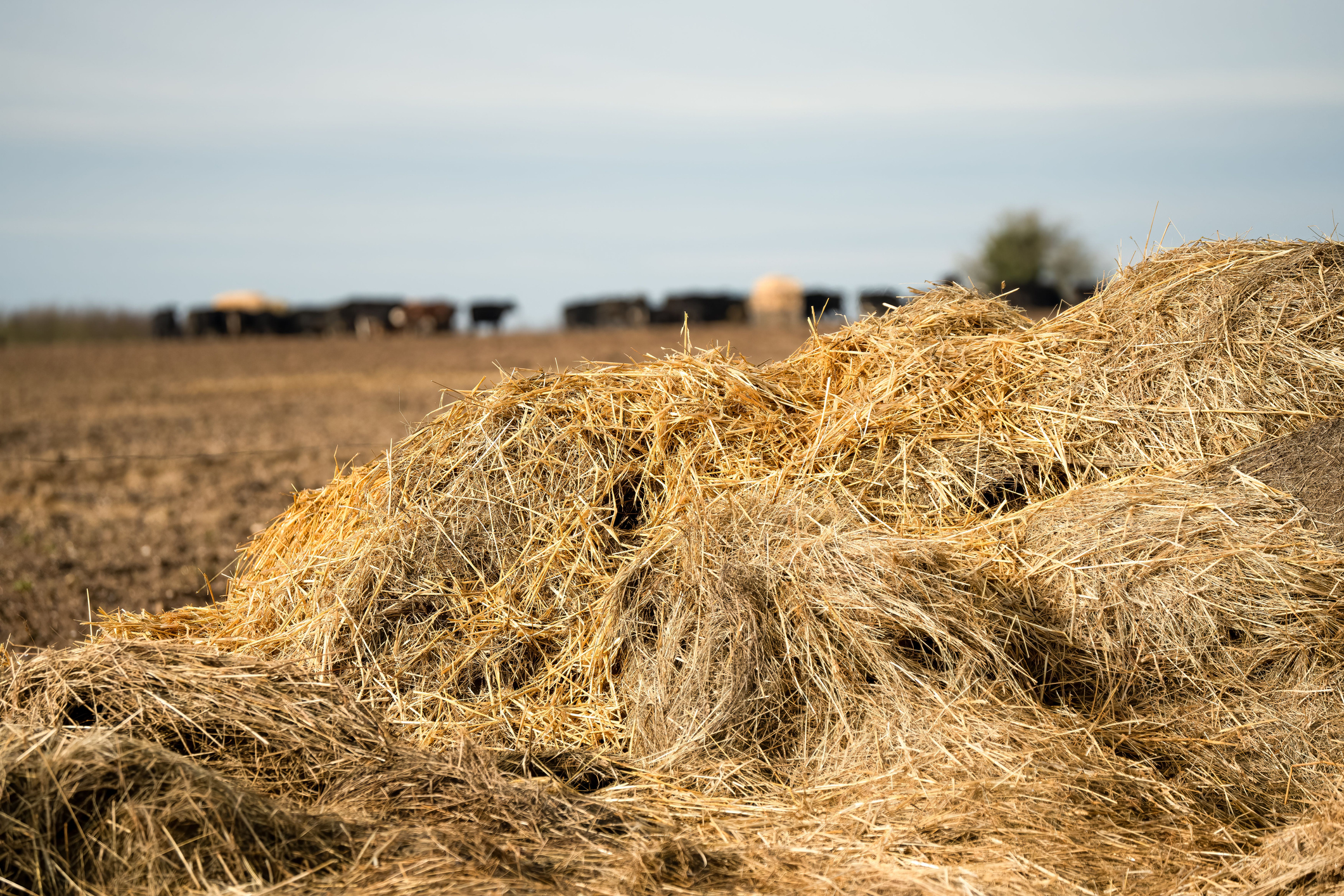Cornstalks serve as one of the valuable forage resources for livestock producers in the winter, presenting a cost-effective winter feed option. Understanding how to maximize the nutritional benefits of cornstalks and navigate potential risks is crucial this time of year, especially with food supplies low and costs high.
As the winter season has progressed, minimal snow cover on cornstalks has been favorable for grazing. However, these conditions must be continuously monitored. If an icy crust develops on the snow, grazing may be limited, necessitating supplemental feed. This consideration is significant for farmers gearing up to invest in agricultural equipment that facilitates efficient feeding practices.
The stocking rate and duration of grazing in a particular field are key factors influencing the nutritional value of cornstalks for feed. Farmers should know that the highest nutritional quality is observed at the beginning of the grazing period, gradually declining as the most nutritious plant parts are consumed. A general guideline is that there are approximately 30 cow days per 100 corn bushels in the field, aiding farmers in planning and managing their livestock.
Stress due to weather during fall and winter, compounded by rain or melting snow, can impact cornstalk quality. This process leaches out soluble nutrients, particularly sugars and energy-dense components, reducing the overall energy value of the stalks. Farmers preparing to purchase farm equipment should consider equipment options that streamline the handling and protection feed resources in adverse weather conditions. Wind, a common element in winter weather, can also affect grazing cornstalks. Excessively high winds may blow corn leaves and husks off the field, impacting the feed quantity.
While cornstalks remain an economical winter feed source, farmers must adapt their supplementation programs based on monitoring cow and field conditions.
Bad Hay, Silage, and Risks to Your Livestock
In addition to cornstalks, farmers may encounter low-quality hay and silage challenges during winter.
Silage put up too wet may experience clostridial fermentation, resulting in poor quality and the risk of mold growth. For hay and corn silage stored too dry, mold growth becomes a primary concern, impacting feed quality and intake.
Testing feed options for mold, butyric acid, or mycotoxins is also prudent. Knowledge of these levels allows for strategic dilution of poor-quality feed within the overall diet, mitigating risks to livestock health. Additionally, farmers should avoid feeding high-risk animals, such as young calves, stressed animals, and those in late gestation, further safeguarding animal well-being.
Understanding the nuances of cornstalks and managing challenges associated with low-quality feeds during winter is essential for optimizing livestock nutrition and health. If you’re looking for the right equipment to help navigate these challenges, a local John Deere dealer can help.
